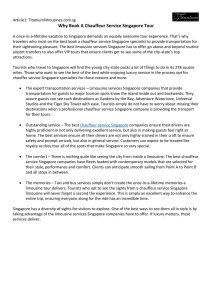

**Trucks Losing Control in Moments: The Point of No Return**
The substantial presence of trucks on thoroughfares and roads underscores their essential role in the global supply chain. Nonetheless, the massive size and weight of these vehicles also render them potential dangers when they lose control. Grasping the dynamics behind such occurrences is vital for enhancing safety protocols and averting accidents.
**The Dynamics of Control Loss**
Trucks, particularly those transporting substantial loads, necessitate precise handling and control. The point of no return in a truck losing control can manifest in mere moments due to various factors:
1. **Speed and Momentum**: Trucks possess a high center of gravity and considerable momentum, which makes them more prone to tipping or jackknifing during abrupt maneuvers. Speed intensifies these risks, diminishing the driver’s ability to regain control once it’s lost.
2. **Weather Conditions**: Unfavorable weather, such as rain, snow, or ice, can severely affect traction. Hydroplaning or skidding may occur, resulting in a loss of control. In such conditions, even slight steering corrections can lead to disastrous consequences.
3. **Mechanical Failures**: Brake malfunctions, tire blowouts, or steering issues can abruptly render a truck uncontrollable. Routine maintenance and inspections are essential to avoid such failures from happening.
4. **Driver Fatigue and Error**: Extended periods on the road can lead to driver fatigue, decreasing reaction times and impairing decision-making. Distractions or errors in judgment can swiftly create situations where recovery becomes impossible.
**Preventive Measures**
To lessen the risks tied to trucks losing control, multiple strategies can be executed:
– **Advanced Driver Assistance Systems (ADAS)**: Technologies like automatic emergency braking, lane-keeping assistance, and stability control systems can assist drivers in maintaining control, thereby preventing accidents.
– **Driver Training and Regulations**: Thorough training programs focused on handling techniques, particularly in challenging conditions, can equip drivers for unforeseen situations. Stringent regulations regarding driving hours can also help diminish fatigue-related incidents.
– **Infrastructure Improvements**: Road designs that meet the unique requirements of trucks, such as broader lanes and improved signage, can decrease the chance of accidents. Furthermore, routine maintenance of road surfaces can prevent skidding.
– **Regular Maintenance Checks**: Ensuring that trucks are in peak condition through consistent inspections can avert mechanical failures that lead to a loss of control.
**Conclusion**
The point of no return in truck control loss is a pivotal moment that can result in catastrophic outcomes. By recognizing the factors that contribute to these incidents and instituting robust safety measures, the risks can be greatly minimized. Collaboration among truck manufacturers, regulatory agencies, and drivers is crucial in fostering a safer environment for all road users.






